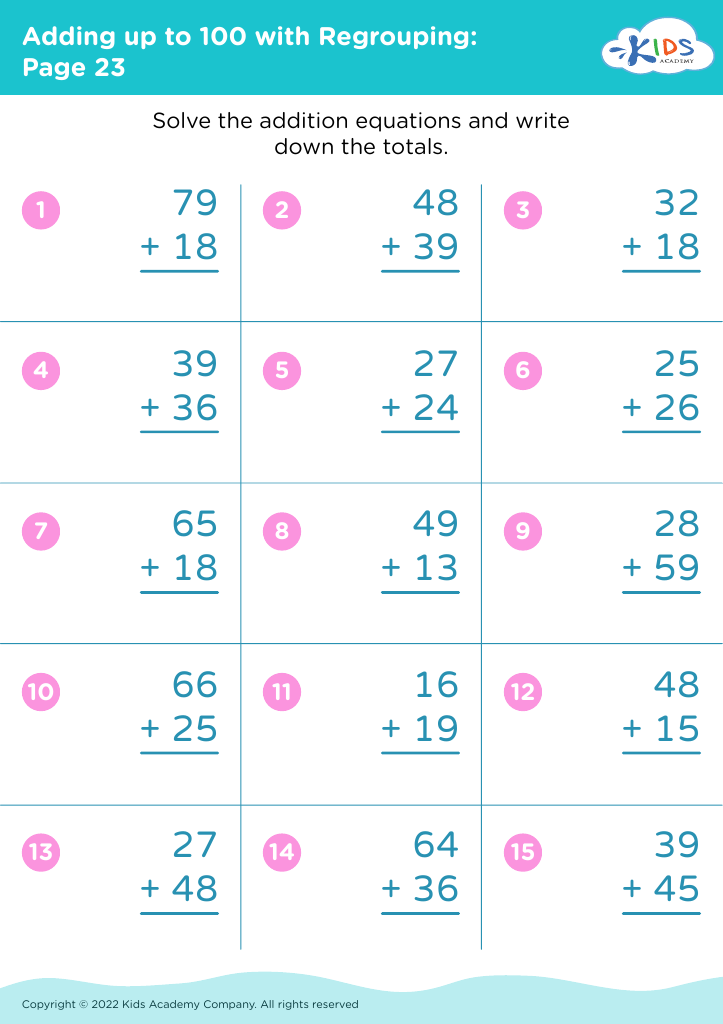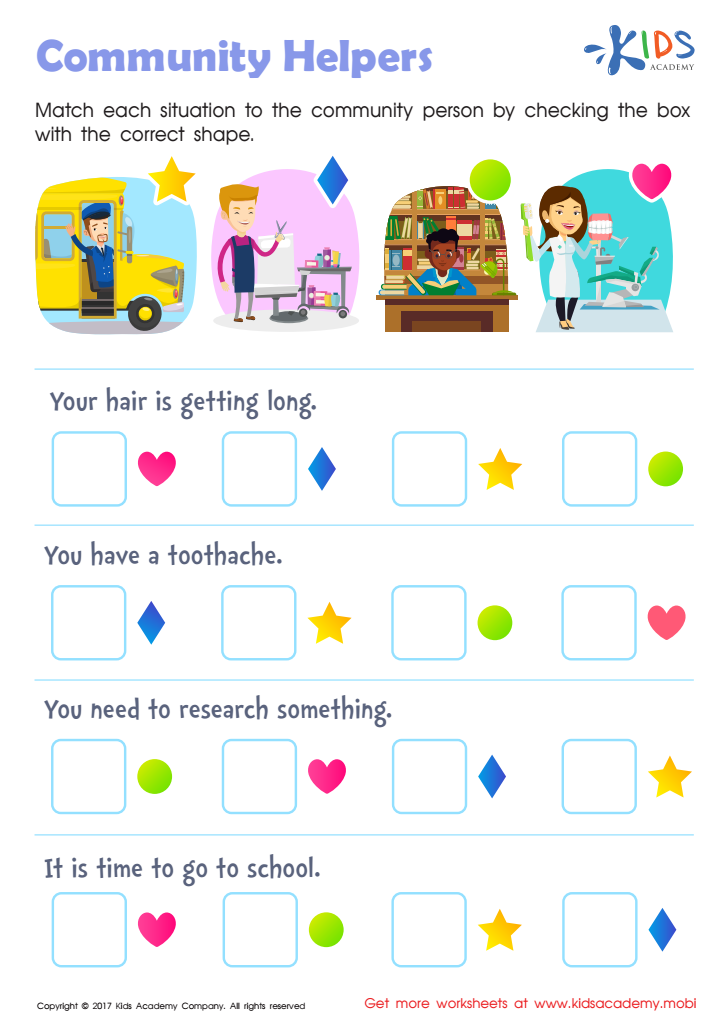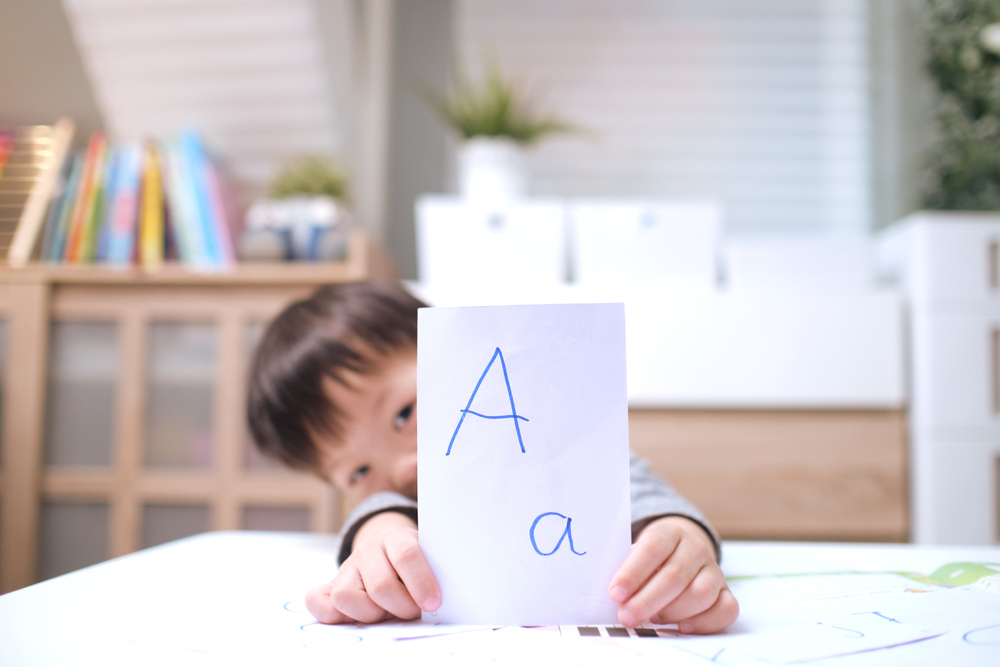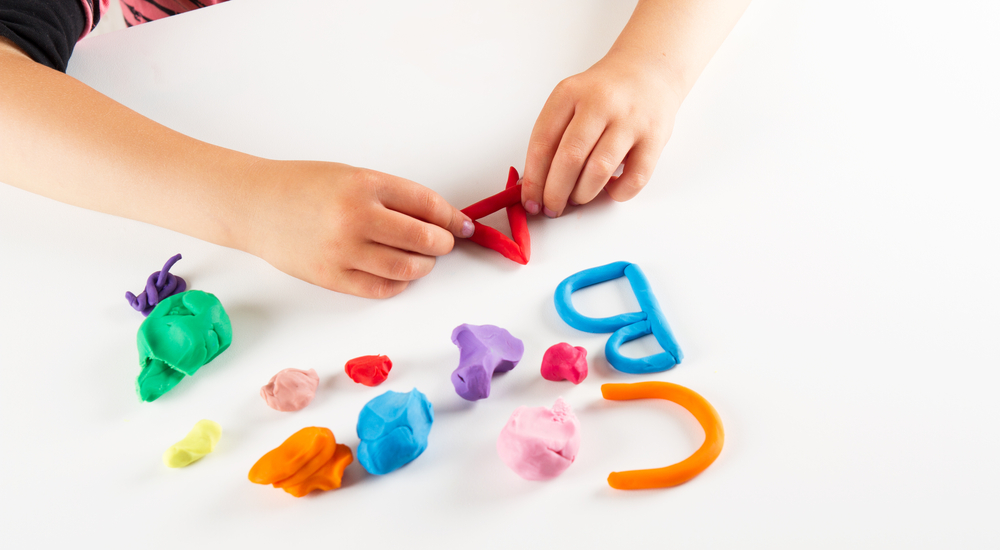Visual recognition skills Worksheets for Ages 4-7
4 filtered results
-
From - To
Unlock your child's potential with our engaging Visual Recognition Skills Worksheets designed specifically for ages 4-7. These activities enhance essential skills such as identifying shapes, colors, and patterns, fostering cognitive development in a fun and interactive way. Our worksheets are perfect for preschool and early grade teachers, providing a variety of exercises that keep young learners captivated. By practicing visual discrimination, your child will build a solid foundation in essential reading and mathematics skills. Explore our collection and watch as your child's confidence and abilities grow! Get started today and support their journey to becoming successful lifelong learners.
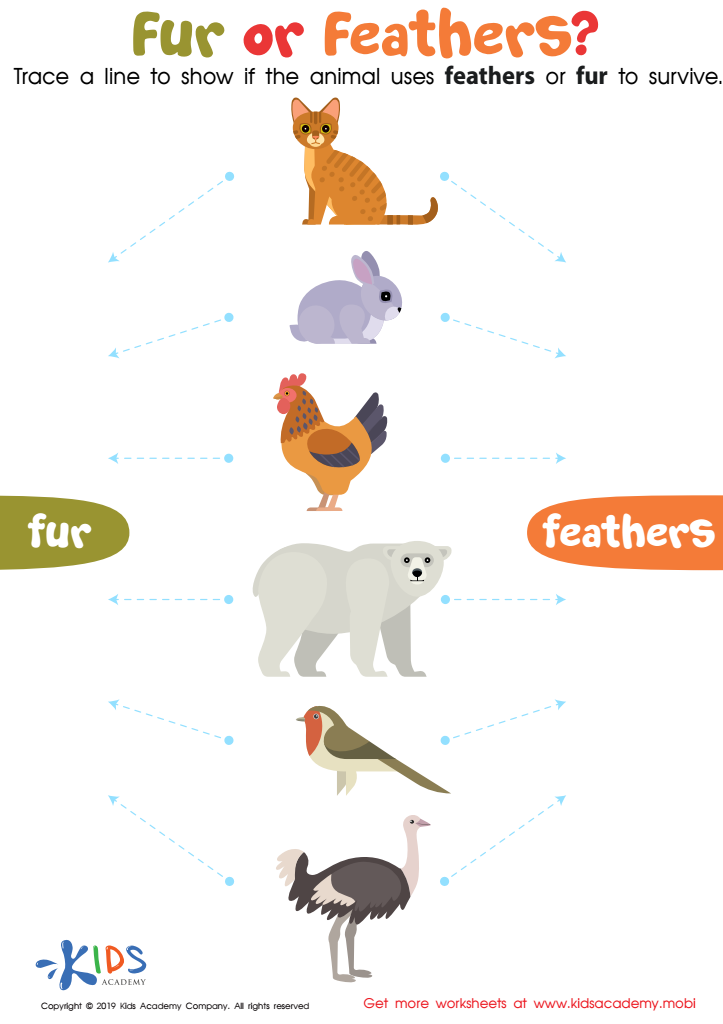

Fur or Feathers? Worksheet
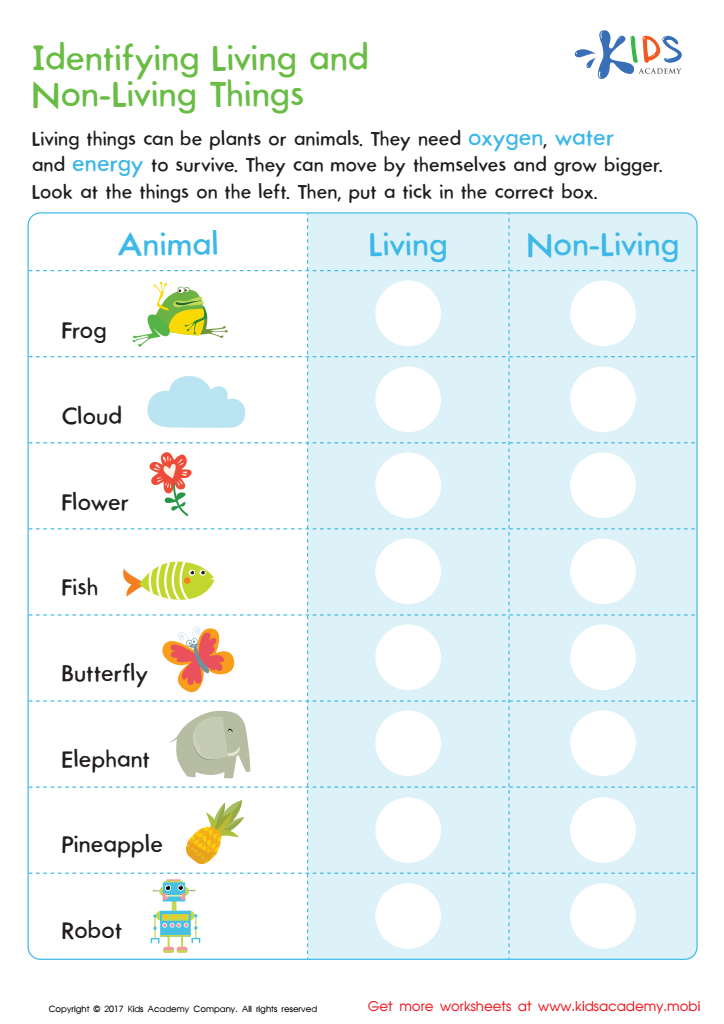

Identifying Living or Non–living Worksheet
Visual recognition skills are crucial for children aged 4-7 because they form the foundation for learning and cognitive development. At this age, children are experiencing rapid growth in their ability to identify, interpret, and respond to visual stimuli. These skills play a pivotal role in early literacy, mathematics, and overall academic success. Recognizing letters, numbers, shapes, and colors helps children decode text and solve problems, laying the groundwork for future learning.
Moreover, strong visual recognition skills enhance children's ability to navigate their environment and make sense of the world around them. This competence fosters independence, boosts self-confidence, and encourages curiosity, which is essential for lifelong learning.
Additionally, visual recognition skills are intertwined with social development. Children use these skills to recognize facial expressions and body language, fostering empathy and enhancing their ability to form relationships.
Parents and teachers should prioritize activities that promote visual recognition, such as matching games, puzzles, and educational apps. By nurturing these skills early on, they prepare children to thrive academically and socially, ensuring a smoother transition into formal education and laying the groundwork for future success.
 Assign to My Students
Assign to My Students
